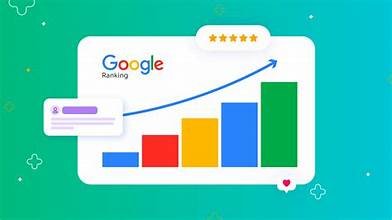Google has made it clear: page speed matters for SEO. A slow website will struggle to rank on the first page, no matter how good its content is. One of the easiest ways to speed up your website is by optimizing images with WebP.
The Problem: Heavy Images Hurt SEO
- Large images increase page load time.
- Poor Core Web Vitals lower Google rankings.
- Mobile users drop off when images load slowly.
Even if your site has excellent keywords and backlinks, heavy images can hold back your SEO performance.
The WebP Advantage for SEO
- Smaller File Sizes
WebP reduces image weight by up to 50%, cutting down page load times significantly. - Improved Core Web Vitals
- Faster LCP (Largest Contentful Paint)
- Less layout shift (better CLS)
- Improved interactivity (FID)
- Mobile Optimization
WebP saves mobile data and ensures faster loading, which Google prioritizes. - Higher User Engagement
Faster sites = longer sessions, lower bounce rates, higher dwell time—all positive SEO signals.
Case Study
A travel blog switched its 1,200 JPGs to WebP. Results:
- Page size reduced by 45%
- Load time improved by 2.4 seconds
- Organic traffic increased by 18% in 3 months
Conclusion
If you want higher Google rankings in 2025, WebP isn’t optional—it’s essential. Switching to WebP means faster sites, happier users, and stronger SEO.
👉 Start optimizing today at ShrinkWebPSize.com.


